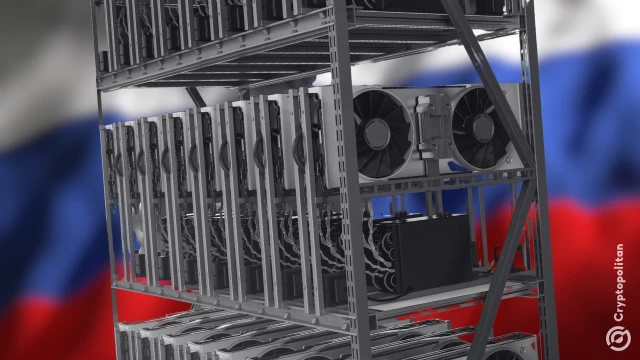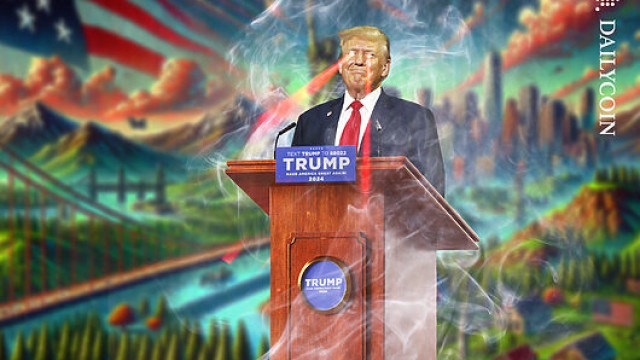
Russia authorities deploy thermal vision drones in campaign against illegal crypto farms
Summary
The Russian authorities' deployment of thermal vision drones in their crackdown on illegal cryptocurrency mining operations highlights the growing regulatory pressure on the crypto industry in the country. This latest incident, where a mobile crypto farm was located and captured using sophisticated surveillance technology, underscores the government's determination to exert tighter control over the decentralized digital currency ecosystem.
Cryptocurrency mining, the energy-intensive process of verifying blockchain transactions and minting new digital coins, has become a contentious issue in Russia. The country's abundant and relatively cheap electricity, coupled with a tech-savvy population, have made it an attractive destination for crypto miners. However, the surge in illicit mining activities has raised concerns about the strain on the power grid, tax evasion, and the potential use of cryptocurrencies for money laundering and other illicit activities.
The discovery of the mobile crypto farm in the Caucasus region, which had apparently evaded authorities for months, highlights the ingenuity and resourcefulness of some cryptocurrency miners. By using a customized vehicle equipped with mining rigs, they were able to operate off-the-grid and avoid detection. This type of "nomadic" mining operation, where miners constantly relocate to evade law enforcement, has become more common as governments crack down on fixed, large-scale mining facilities.
The use of thermal imaging drones to track down the elusive mining operation is a testament to the Russian authorities' technological sophistication and their willingness to deploy advanced surveillance methods to combat the growth of the crypto industry. This tactic is likely to become more widespread as governments seek to gain a better understanding of the scale and location of mining activities within their borders.
The implications of this crackdown on the Russian cryptocurrency market are significant. Investors and miners may face increased uncertainty and heightened regulatory scrutiny, potentially driving some participants to seek refuge in other jurisdictions with more favorable conditions for crypto-related activities. This could lead to a shift in the global distribution of mining power, with potential impacts on the overall resilience and decentralization of the blockchain network.
Furthermore, the Russian government's actions may also have broader implications for the cryptocurrency industry worldwide. As one of the major players in the global crypto ecosystem, Russia's regulatory approach could influence the policies and strategies of other nations grappling with the challenges posed by the rapid growth of digital currencies. Experts and analysts will be closely monitoring the situation, as the outcome of this ongoing conflict between the government and the crypto community could set precedents and shape the future of the industry.
In conclusion, the Russian authorities' deployment of thermal vision drones in their campaign against illegal cryptocurrency farms is a significant development that underscores the escalating tensions between the government and the crypto industry. As the regulatory landscape continues to evolve, both miners and investors will need to navigate an increasingly complex and uncertain environment, with the potential for significant market disruptions and shifts in the global distribution of mining power.





